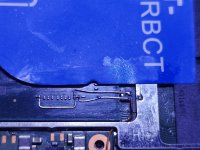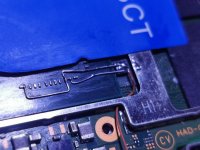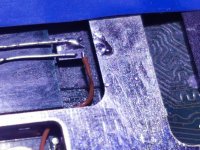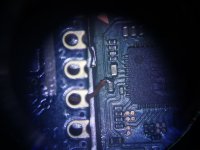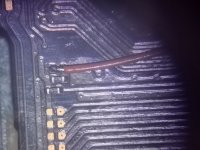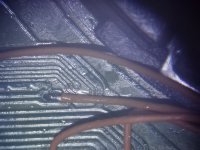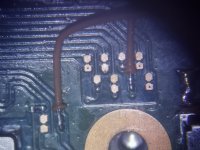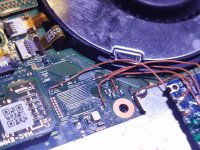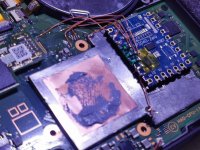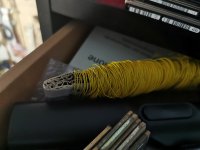Thank you for sharing.So my first attempt on a Lite bought second hand particularly to test the mod was not so great. Upon power up only got a black screen, very audible choke buzz and smoke from under the APU shield. Upon inspection the G wire got detached from the MOSFET, most likely while I was soldering it to the Pico. I used 0.2mm enamel wire for that point and in hindsight I should have secured it to something before placing the shield back, 0.2 is just to stiff for that small weld. Didn't want to commit to solder mask just yet and paid for it.
The MOSFET (single 8342) got fried obviously, but surprisingly the Switch survived. After removing the Pico and the MOSFET it power into OFW just fine. The Pico seems to be fine too, at least behaves the same upon re-flash.
Hope this experience helps someone to avoid my mistakes.
FYI, I used 0.22mm bare copper wire from 14AWG speaker wire for D and S, 30awg Kynar for 3.3V and ground and 0.1mm enamel for everything else. I'm going with 30awg on the G for the second attempt (when I find time).
From your experience, i confident that the blue screen is not because the accidentally open state of the mosfet. Just like what i predict, the mosfet will be burned, but the apu is safe, since the power is stolen by the mosfet. There is a discussion before on placing pulldown resistor between D and S so when the mosfet open, it might burn the cpu, but i am not convinced. Just for precaution, since some people reporting BSOD, which suspecting the mosfet. Now i am sure it is not the cause.
Last edited by abal1000x,









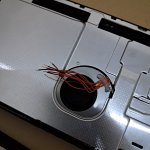
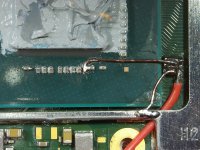
![20230527_122245[1].jpg](/data/attachments/373/373640-efa51832af0d4b18bc1df279f430d0c7.jpg)
